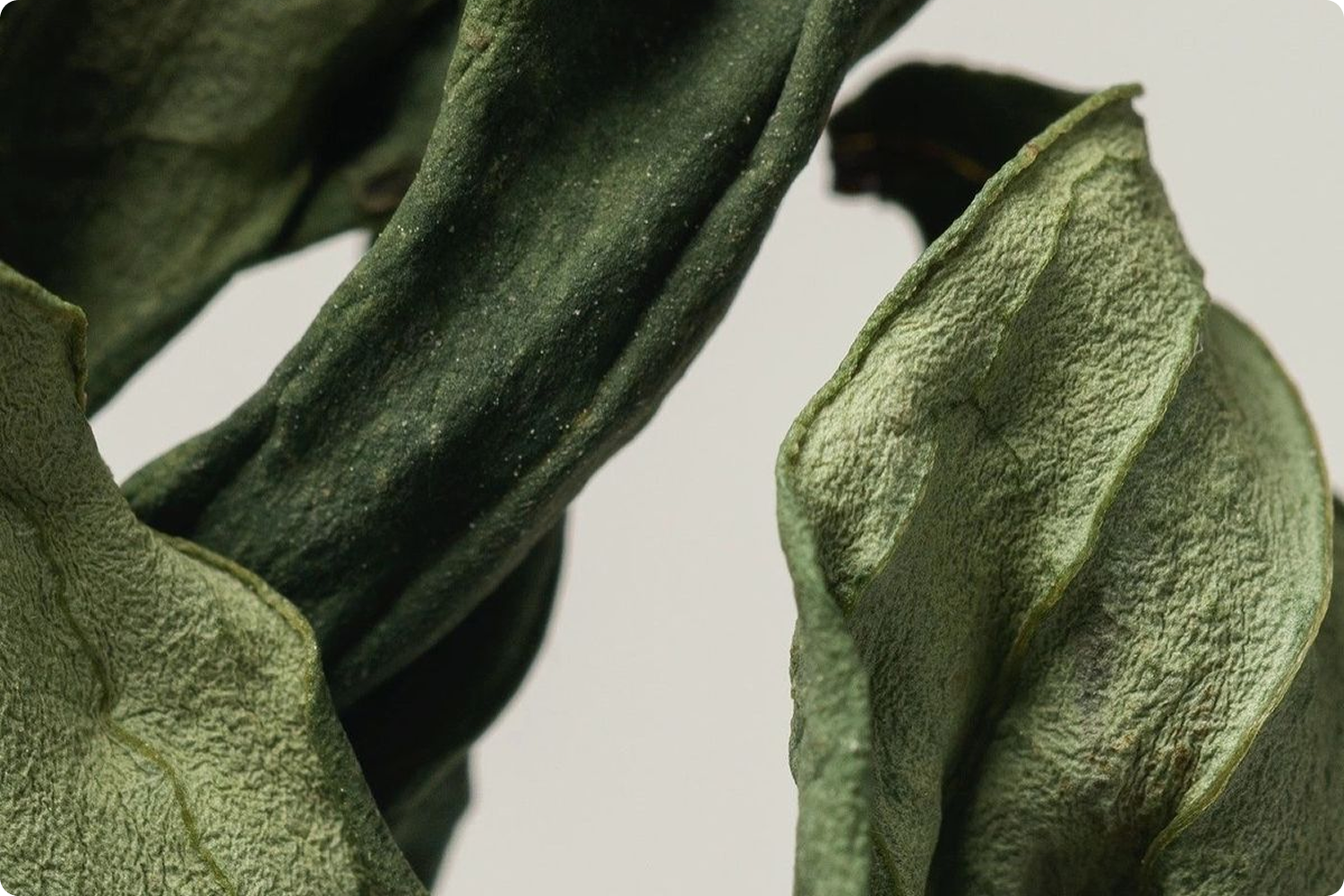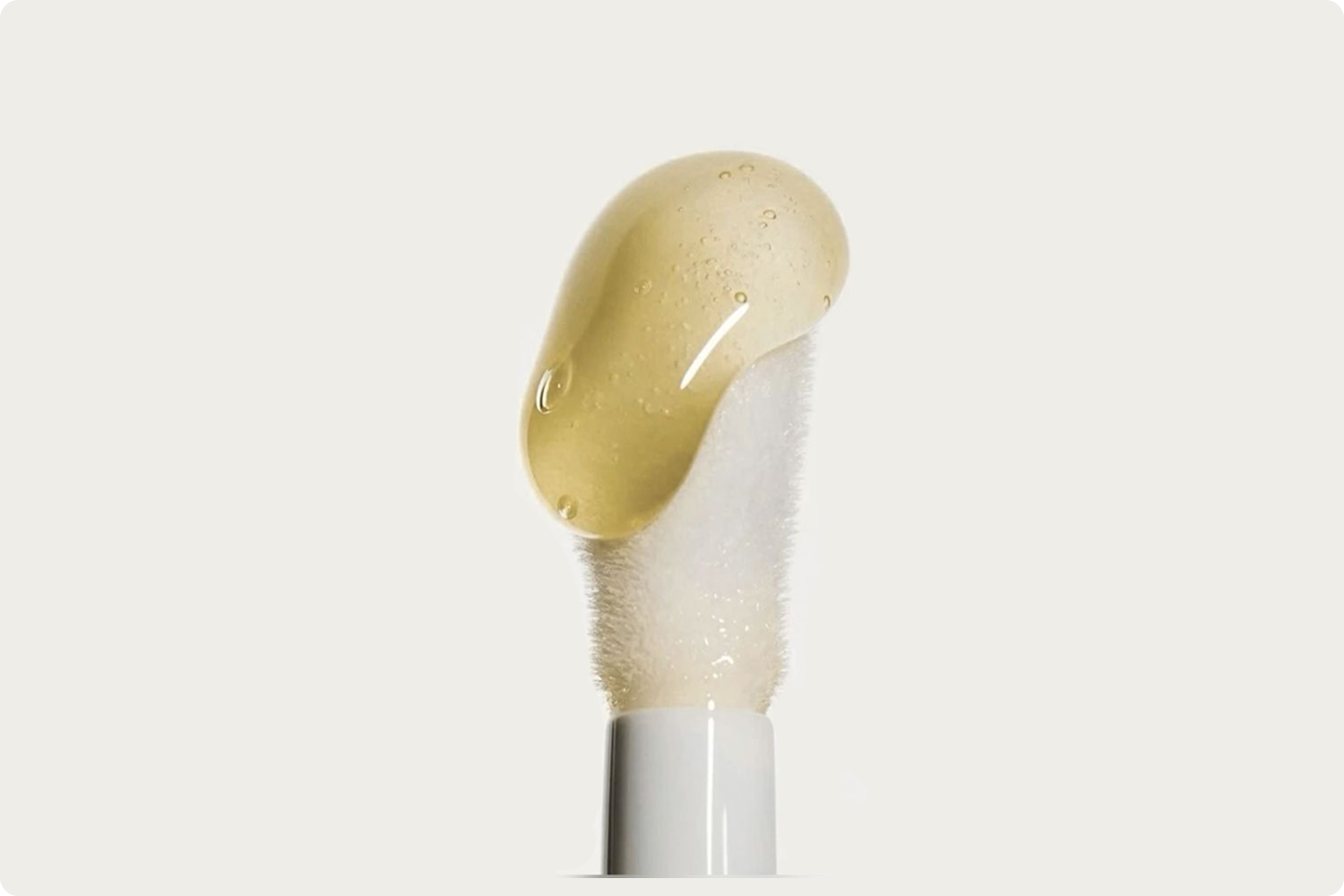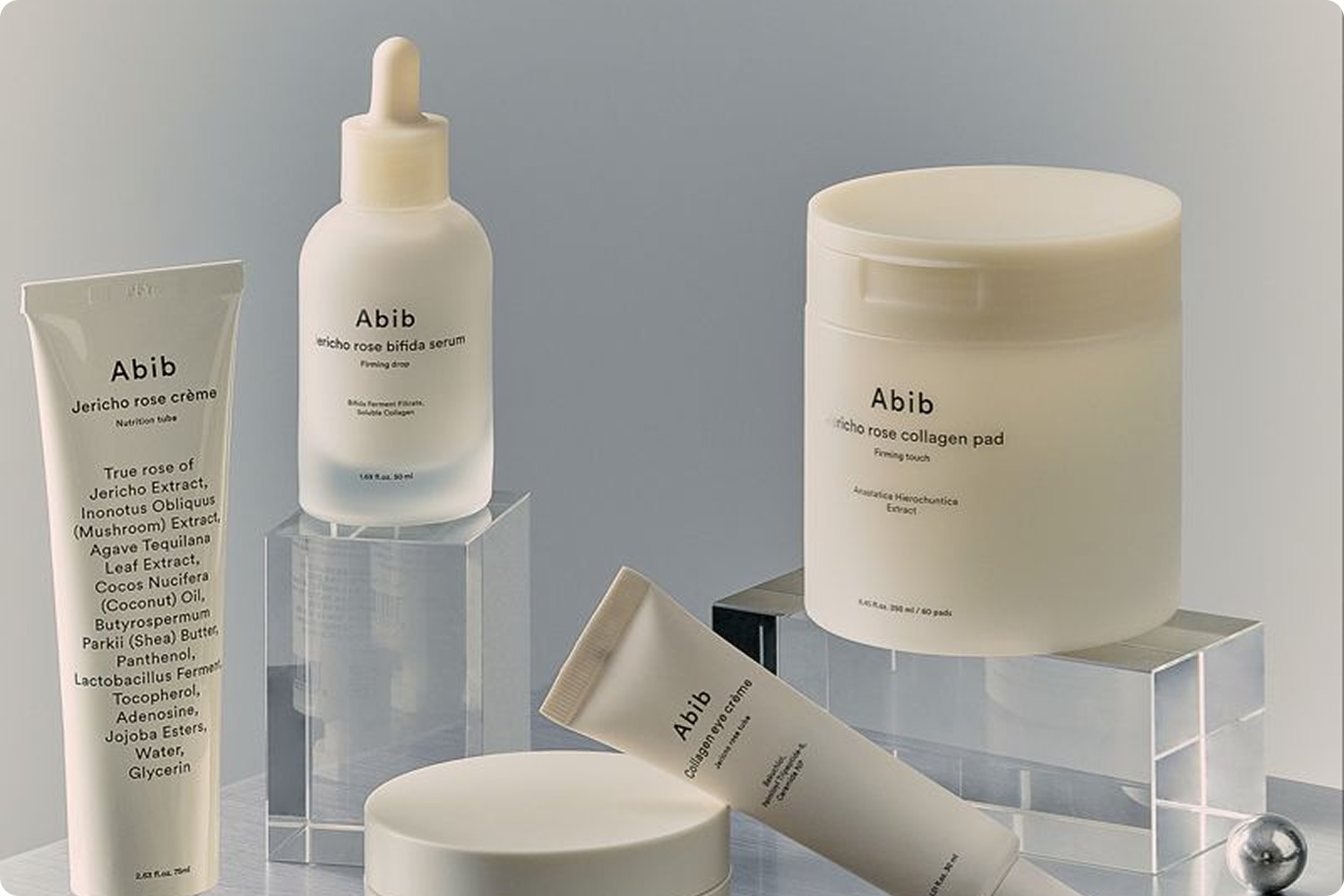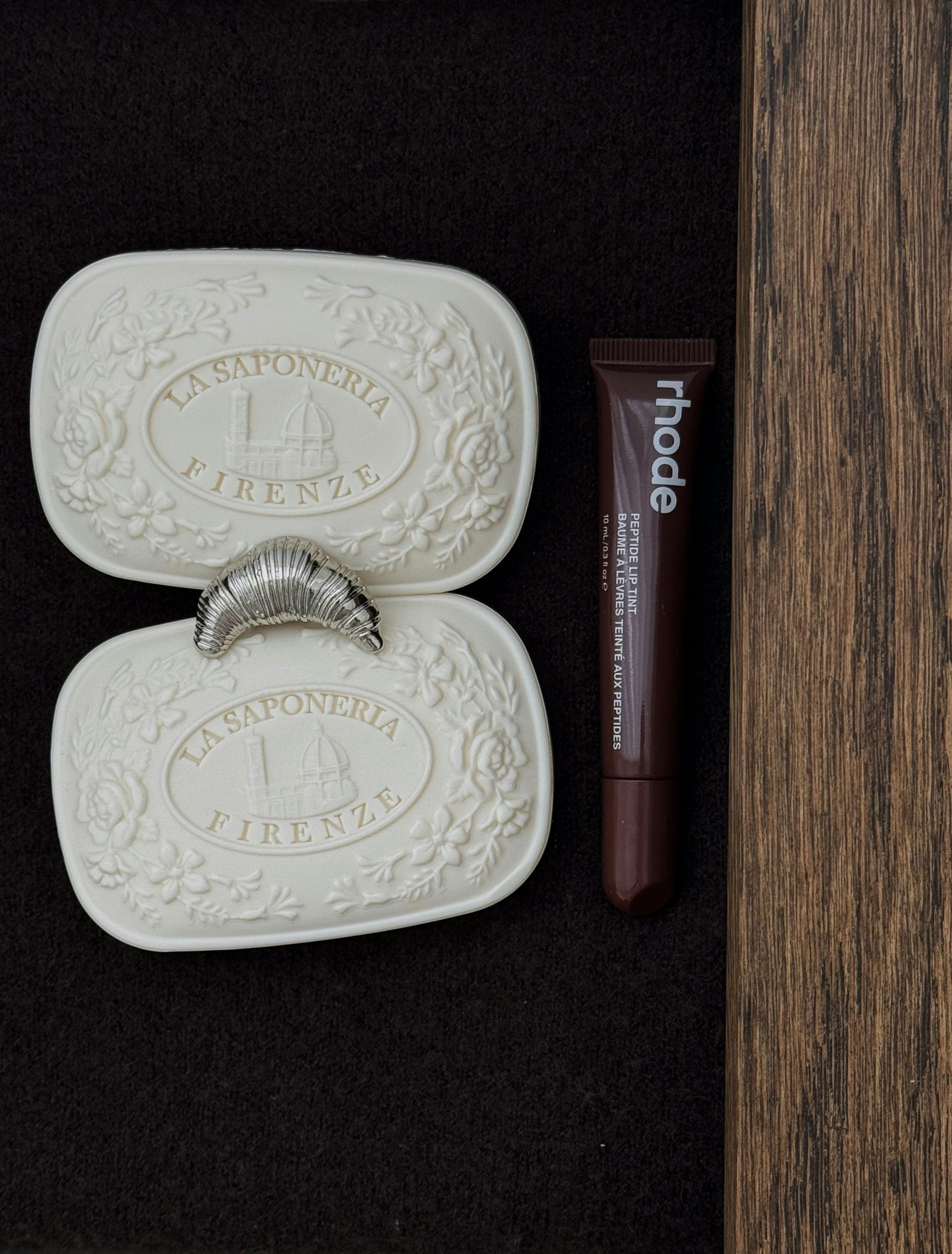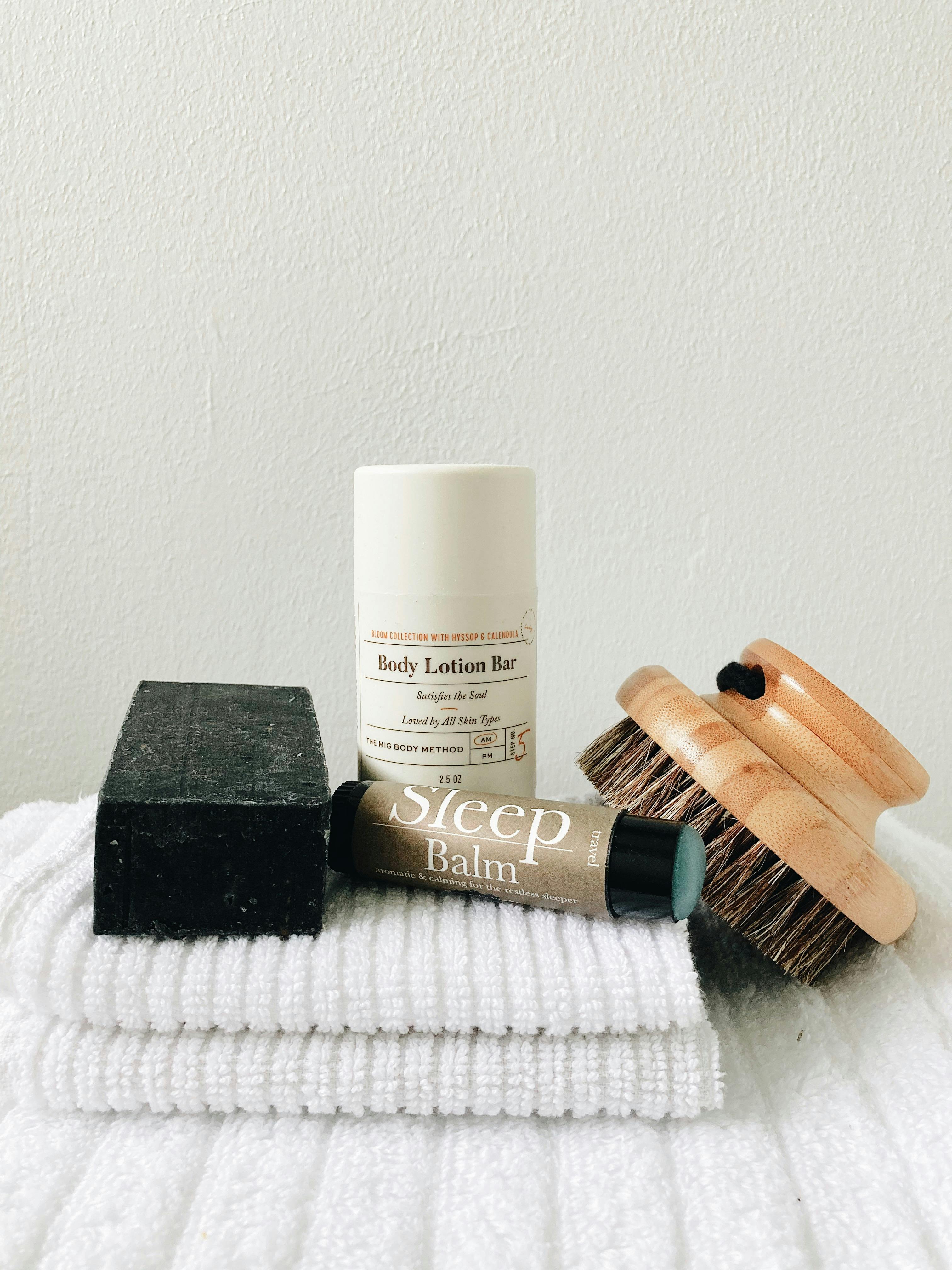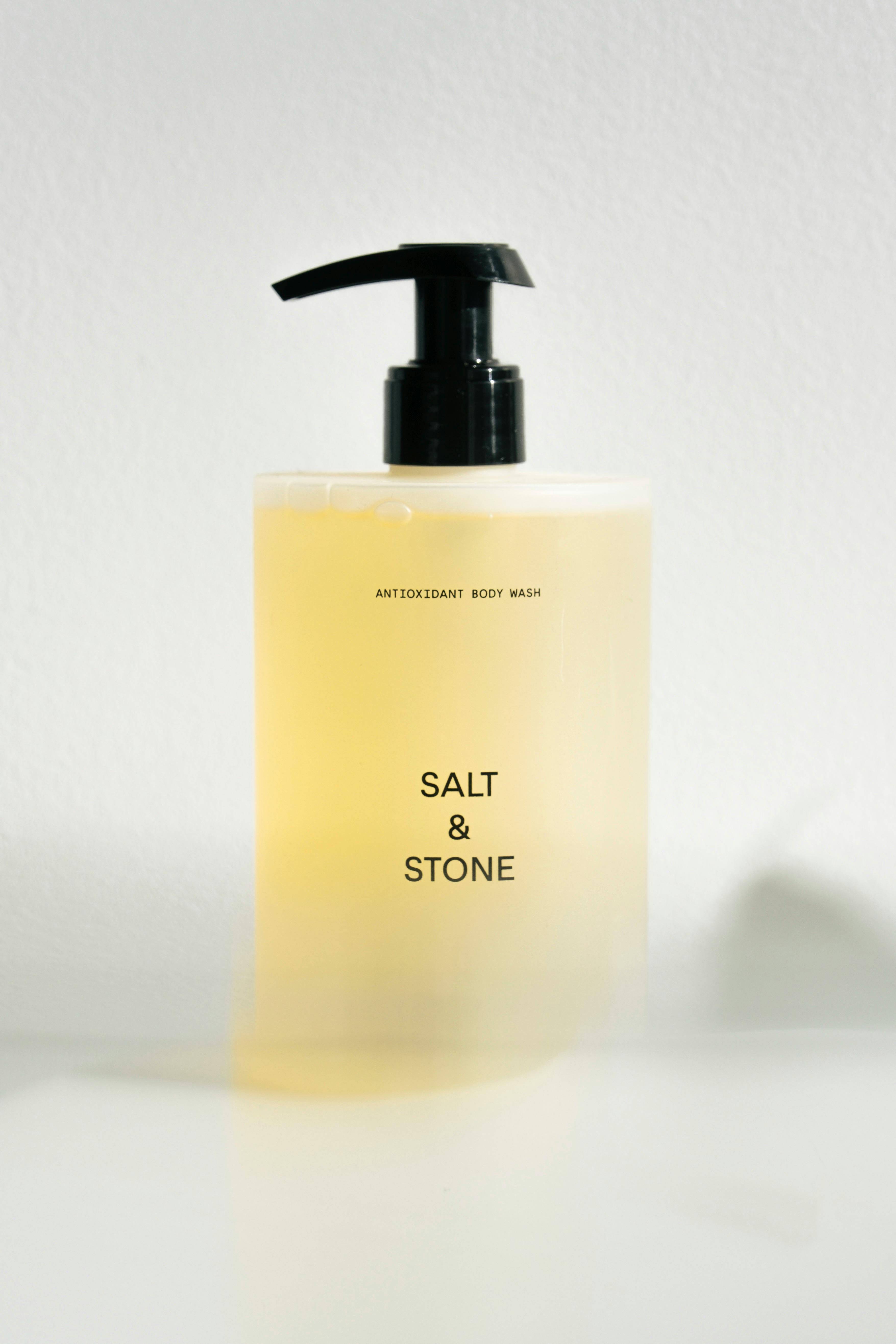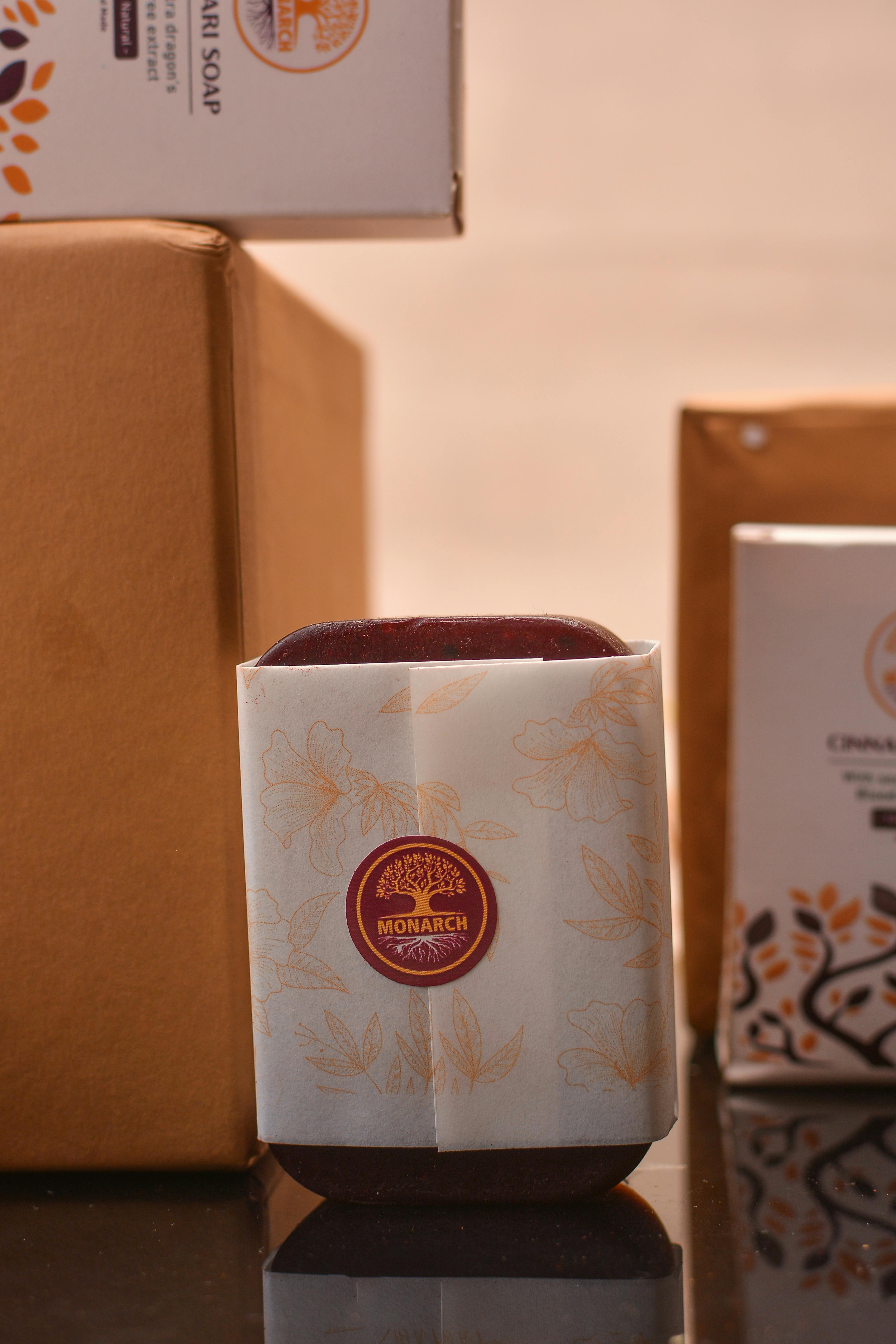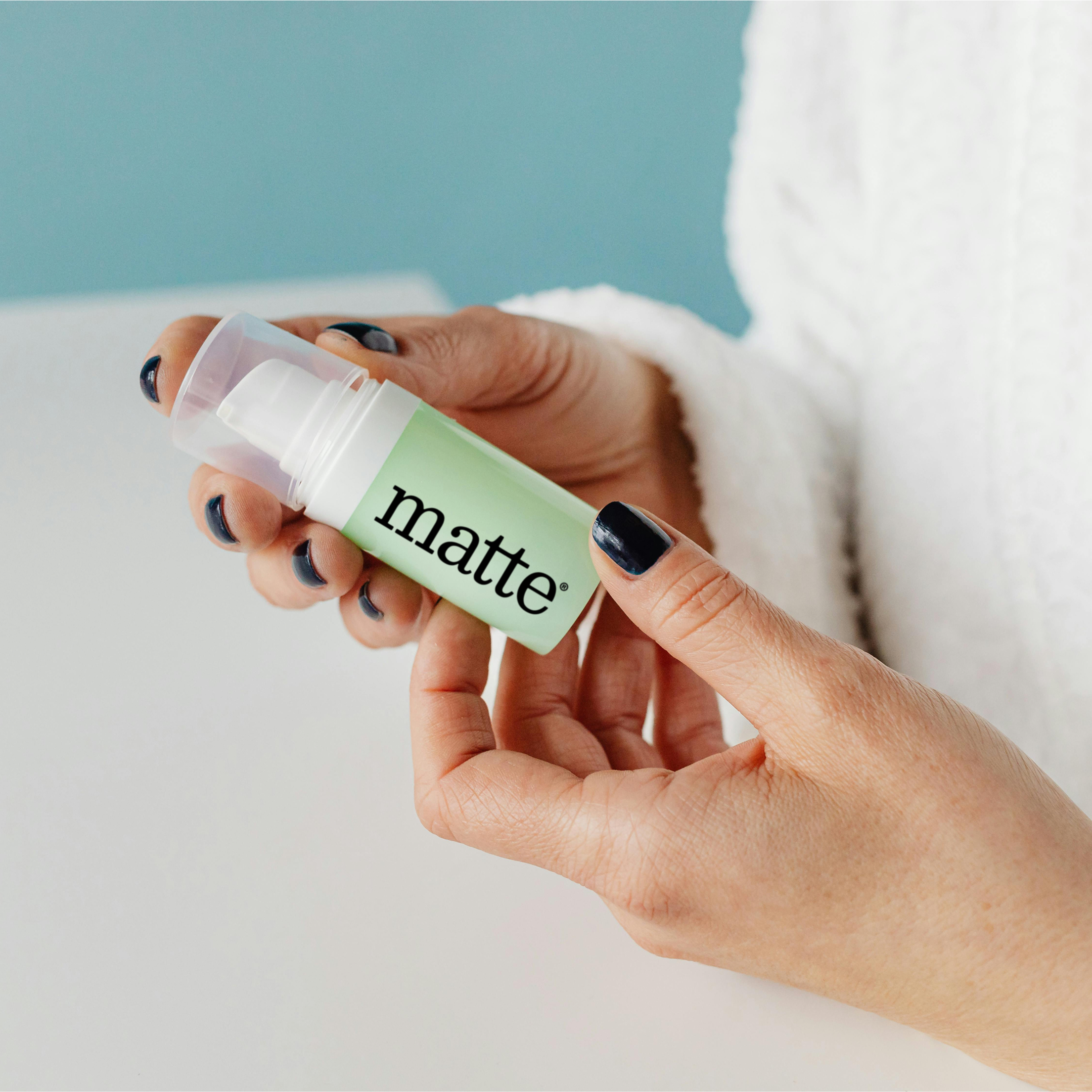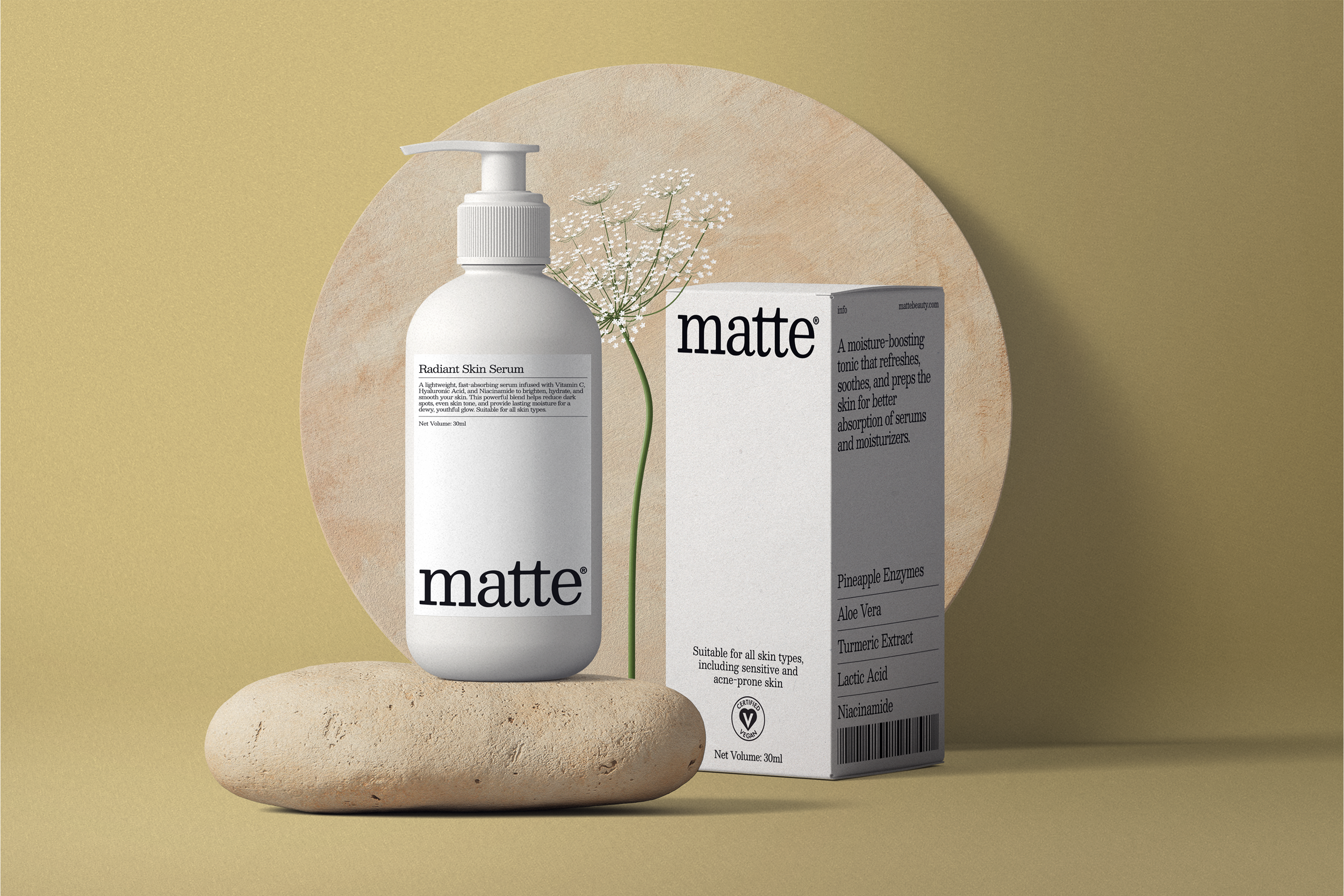What is Detox and Why Should You Do It?
Detoxification represents a natural process by which your body eliminates toxins and waste products that accumulate through environmental exposure, dietary choices, metabolic functions, and stress responses. While your body constantly performs detoxification through organs like the liver, kidneys, skin, and lymphatic system, our modern lifestyle often overwhelms these natural mechanisms. Environmental pollutants, processed foods, stress, insufficient sleep, and sedentary habits can compromise your body's detoxification efficiency, potentially manifesting as fatigue, skin issues, digestive problems, and low immunity.
A strategic detox protocol supports and enhances your body's innate cleansing processes rather than replacing them. Think of it as pressing the reset button—creating optimal conditions for your body to function efficiently. Beyond physical benefits, detoxification offers psychological advantages through mindful consumption and lifestyle choices that foster a renewed sense of vitality and clarity.
Research published in Environmental Health Perspectives highlights how certain compounds—particularly persistent organic pollutants, heavy metals, and endocrine disruptors—accumulate in tissue and may influence cellular function, hormonal balance, and inflammatory responses. A well-designed detox protocol focuses on minimizing exposure to these compounds while supporting the body's natural elimination pathways through nutrition, hydration, movement, and stress management.
Far from the extreme approaches sometimes portrayed in popular media, effective detoxification involves sustainable dietary and lifestyle modifications that enhance natural processes without depleting essential nutrients or triggering dangerous electrolyte imbalances. This balanced approach both addresses existing toxin burdens and establishes habits that prevent future accumulation.

Signs Your Body Needs Detoxification
Your body communicates its detoxification needs through various signals that, while seemingly unrelated, often stem from overtaxed elimination systems. Persistent fatigue despite adequate sleep suggests your body may be diverting energy toward managing toxin accumulation rather than cellular repair and energy production. Consistent brain fog, difficulty concentrating, or memory lapses may indicate that certain compounds are affecting neurological function or triggering inflammatory responses that impact cognition.
Skin manifestations frequently signal detoxification needs. Dullness, congestion, unexpected breakouts, or persistent conditions like eczema and psoriasis may develop when your body attempts to eliminate toxins through your largest organ. When internal detoxification pathways become overwhelmed, your skin often becomes a secondary elimination route, manifesting visible changes that reflect internal imbalances.
Digestive disturbances—including bloating, irregular bowel movements, excessive gas, or reflux—suggest your digestive system may be struggling with inflammatory triggers or imbalanced gut flora that compromise both nutrient absorption and waste elimination. Heightened sensitivity to chemicals, fragrances, or certain foods often develops when your detoxification pathways are already managing maximum capacity, leaving little bandwidth for processing additional compounds.
Sleep disruptions, particularly waking between 1-3am (corresponding to liver detoxification cycles), can indicate your body is working overtime on cleansing processes. Persistent weight management challenges despite appropriate diet and exercise might stem from toxins stored in adipose tissue that interfere with metabolic regulation or hormonal signaling. If you experience several of these indicators simultaneously, your body likely benefits from dedicated detoxification support.
Comprehensive 14-Day Detox Program
Days 1-3: Gradually Reduce Stimulants and Processed Foods
Begin your detoxification journey with gentle transition rather than abrupt elimination to minimize withdrawal symptoms that could derail your progress. During these initial days, gradually reduce caffeine consumption by substituting one daily coffee with herbal tea or dandelion root coffee alternative, allowing your adrenal system to adjust without triggering headaches or fatigue. Similarly, decrease alcohol, smoking, and recreational substances that burden liver detoxification pathways.
Process your pantry by identifying and reducing ultra-processed foods containing artificial preservatives, flavors, colors, and refined sugars that contribute to inflammation and digestive distress. Replace these with whole food alternatives—instead of packaged snacks, prepare cut vegetables with hummus; swap commercial salad dressings for olive oil and lemon juice; choose unsweetened yogurt with fresh fruit rather than flavored varieties with added sugars.
Increase water intake to 2-3 liters daily, adding lemon slices or cucumber to enhance flavor while providing gentle detoxification support. This improved hydration helps flush water-soluble toxins through your kidneys while supporting digestive elimination. Prepare mentally and logistically for the coming days by meal planning, grocery shopping for fresh produce, and communicating your intentions to friends and family who can provide support throughout the process.
Days 4-7: Increase Vegetables and Fruits
With initial adjustments established, focus now on significantly increasing plant food consumption to provide essential nutrients and fiber that support detoxification pathways. Aim for 7-9 servings of vegetables and fruits daily, with emphasis on cruciferous vegetables (broccoli, cauliflower, Brussels sprouts, cabbage) that contain sulforaphane—a compound that activates phase 2 liver detoxification enzymes according to research published in the Journal of Nutritional Biochemistry.
Incorporate leafy greens with every meal—add spinach to breakfast smoothies, enjoy large lunch salads with kale and arugula, and include wilted greens with dinner. These chlorophyll-rich foods support blood cleansing and provide magnesium essential for hundreds of enzymatic reactions involved in detoxification. Include vibrant colored produce containing different phytonutrients that provide antioxidant support: berries, red cabbage, yellow peppers, purple eggplant, and orange carrots.
Focus on clean protein sources during this phase, choosing organic eggs, wild-caught fish, or plant-based options like lentils and tempeh that provide essential amino acids without the hormones or antibiotics potentially present in conventional animal products. Incorporate detoxifying herbs and spices into cooking—turmeric, ginger, garlic, cilantro, and parsley all contain compounds that support various detoxification pathways and provide anti-inflammatory benefits.
Continue eliminating inflammatory triggers by avoiding gluten, dairy, alcohol, processed sugar, and refined oils during this phase. These temporary restrictions allow your digestive system to heal while reducing compounds that may contribute to inflammation or allergic responses. Stay hydrated with filtered water and herbal teas, particularly those containing supportive herbs like milk thistle, dandelion, and peppermint.

Days 8-10: Add Probiotics and Detox Waters
Your mid-program phase focuses on gut health optimization, recognizing that efficient toxin elimination requires properly functioning digestive processes. Introduce probiotic-rich fermented foods like sauerkraut, kimchi, kefir (water or coconut-based if avoiding dairy), and kombucha that provide beneficial bacteria for your microbiome. Research in the International Journal of Environmental Research and Public Health demonstrates how these beneficial organisms help metabolize certain environmental toxins while strengthening intestinal barriers against reabsorption of waste products.
Supplement your water intake with targeted detox waters that provide both hydration and functional benefits. Prepare these by infusing filtered water with combinations of detoxifying ingredients: cucumber-mint-lemon for kidney support, ginger-turmeric-orange for anti-inflammatory effects, or blueberry-rosemary-lime for antioxidant benefits. Prepare these waters in glass containers overnight, allowing the beneficial compounds to infuse, and consume throughout the following day.
Introduce gentle liver-supporting supplements if appropriate for your health status: milk thistle (silymarin) has demonstrated liver-protective effects in numerous studies, while N-acetyl cysteine (NAC) supports glutathione production—your body's master antioxidant involved in detoxification. Always consult healthcare providers before adding supplements, particularly if you take medications or have existing health conditions.
Implement intermittent fasting if suitable for your individual needs, starting with a 12-hour overnight window (such as 7pm to 7am) that allows your digestive system restorative rest while activating cellular cleanup processes known as autophagy. This practice can enhance insulin sensitivity and provide your detoxification organs valuable recovery time between metabolic demands.
Days 11-14: Optimize Sleep and Reduce Stress
Your final phase addresses often-overlooked but crucial aspects of detoxification: sleep quality and stress management. Optimize sleep by establishing consistent bedtime routines beginning 30-60 minutes before sleep—dim lights, disconnect from screens (or use blue light blocking features), lower room temperature to approximately 65-68°F (18-20°C), and engage in calming activities like reading, gentle stretching, or meditation.
Incorporate stress reduction practices that activate your parasympathetic nervous system, supporting proper digestion and detoxification functions that become compromised during stress responses. Try conscious breathing techniques (like 4-7-8 breathing), progressive muscle relaxation, guided imagery, or mindfulness meditation for at least 10-15 minutes daily. Research in Psychoneuroendocrinology confirms that these practices reduce stress hormones that can otherwise interfere with detoxification processes.
Support physical tension release through gentle movement appropriate for your fitness level—restorative yoga, tai chi, swimming, or nature walks provide circulation benefits without triggering excessive cortisol release. Consider dry brushing before showering to stimulate lymphatic flow, followed by contrast shower therapy (alternating warm and cool water) to enhance circulation and immune function.
Reflect on your detox journey by journaling about physical changes, emotional insights, and sustainable habits you wish to maintain. This period establishes your transition strategy—rather than returning to previous patterns, identify which detoxification practices deliver the most noticeable benefits and develop plans to incorporate modified versions into your ongoing lifestyle.
Effective Facial Detox Methods
Double Cleansing and Exfoliation
Proper skin detoxification begins with effective removal of environmental pollutants, excess sebum, and cellular debris that accumulate on your skin surface. Double cleansing—originating from Asian skincare traditions—provides thorough yet gentle cleansing by first using an oil-based cleanser to dissolve oil-soluble impurities (makeup, sunscreen, sebum, and airborne pollutants), followed by a water-based cleanser that removes water-soluble debris and cleanser residue.
For oil cleansing, choose products containing non-comedogenic oils like jojoba, hemp seed, or grapeseed that effectively dissolve impurities without clogging pores. Massage the oil cleanser onto dry skin for 60-90 seconds, focusing on areas with makeup or congestion, then emulsify with water before rinsing thoroughly. Follow with a gentle water-based cleanser appropriate for your skin type, avoiding harsh surfactants like sodium lauryl sulfate that can compromise your skin barrier.
Incorporate exfoliation 2-3 times weekly to remove dead skin cells that can trap toxins and prevent proper absorption of treatment products. Choose between chemical exfoliation (using AHAs like glycolic acid for surface renewal or BHAs like salicylic acid for pore cleansing) or gentle physical exfoliation using ingredients like rice powder or jojoba beads. Avoid abrasive scrubs containing walnut shells or fruit pits that create micro-tears in skin. This controlled cellular turnover accelerates your skin's natural detoxification process while improving texture and clarity.
Clay and Activated Charcoal Masks
Clay masks provide exceptional detoxification benefits through their ability to absorb excess oil, draw impurities from pores, and deliver minerals that support skin function. Different clays offer varying benefits: bentonite provides strong drawing power ideal for oily areas, kaolin offers gentle purification for sensitive skin, French green clay delivers minerals while stimulating circulation, and rhassoul clay balances oil production while exfoliating.
Apply clay masks to clean, damp skin, focusing on congested areas like the T-zone while avoiding already dry regions. Allow the mask to dry until tacky but not completely hardened (about 10-15 minutes)—this prevents the clay from drawing out essential moisture. Remove with warm water and follow immediately with hydration to prevent post-mask tightness. For enhanced detoxification, add a few drops of essential oils like tea tree (antibacterial) or frankincense (anti-inflammatory) to your clay before application.
Activated charcoal masks complement clay treatments by binding to environmental toxins and oil-based impurities through adsorption—a process where compounds adhere to the charcoal's porous surface. These masks prove particularly effective for urban dwellers exposed to higher pollution levels or those with congestion-prone skin. For a comprehensive approach, consider multi-masking by applying charcoal formulations to oilier areas while using hydrating masks on drier regions, addressing your skin's varied needs simultaneously.
Lymphatic Facial Massage
Facial lymphatic massage accelerates detoxification by stimulating the lymphatic system—your body's cellular waste removal network. Unlike the circulatory system with its cardiac pump, the lymphatic system relies on physical movement to transport fluid containing cellular waste, environmental toxins, and immune cells toward filtration and elimination. When lymphatic flow stagnates, this can manifest as facial puffiness, dull complexion, and congested skin.
Perform this technique with clean hands and a facial oil or lightweight moisturizer that provides slip without drag. Begin at your décolletage with gentle, rhythmic downward strokes toward lymph nodes located just above your collarbone. Progress upward to your jawline, using light pressure in outward and downward directions toward the lymph nodes below your ears and along your jawline. Continue to your cheeks with outward circular movements, then across your forehead working from center to temples.
For enhanced efficacy, incorporate tools like gua sha stones or facial rollers—particularly when stored in the refrigerator to provide cooling effects that reduce inflammation while stimulating circulation. Perform this massage for 5-10 minutes daily, ideally in the morning to reduce overnight fluid accumulation. Besides detoxification benefits, regular practice improves product absorption, reduces tension in facial muscles, and can temporarily diminish fine lines through improved hydration and circulation.
Using Products with Antioxidants
Antioxidant-rich skincare provides crucial protection against free radicals—unstable molecules that damage cells through oxidative stress, accelerating aging and interfering with proper skin function. Environmental pollutants, UV radiation, and even internal metabolic processes generate these free radicals, which contribute to what some dermatologists term "skin toxicity." Strategic antioxidant application neutralizes these compounds before they can cause cellular damage.
Vitamin C serums (L-ascorbic acid at 10-20% concentration) offer powerful protection while brightening skin tone and supporting collagen synthesis. Apply these in the morning under sunscreen for daytime protection against pollution and UV-induced free radicals. Products containing vitamin E (tocopherol) and ferulic acid synergistically enhance vitamin C's stability and effectiveness, providing comprehensive antioxidant benefits.
Evening antioxidant options include resveratrol, green tea extract (EGCG), and niacinamide—each offering unique protective benefits alongside complementary effects like soothing inflammation or supporting barrier function. For sensitive or reactive skin types, consider products containing centella asiatica (gotu kola), which provides gentle antioxidant protection while calming irritation that might otherwise trigger inflammatory responses.
Incorporate antioxidant-rich facial oils containing sea buckthorn, rosehip, or pomegranate seed oil as your final evening skincare step. These oils deliver fat-soluble antioxidants that repair daily environmental damage while strengthening your skin's lipid barrier. This reinforced barrier better prevents toxin penetration while locking in moisture and beneficial ingredients from earlier skincare steps.
7-Day Detox Menu and Detox Water Recipes
A properly designed detox menu focuses on nutrient-dense whole foods that support elimination pathways while providing sustained energy. For breakfasts, rotate between options like chia seed pudding with berries and hemp seeds; a green smoothie with spinach, avocado, cucumber, pear, and plant-based protein; or gluten-free oatmeal topped with ground flaxseed, cinnamon, and unsweetened apple sauce.
Lunch options might include large salads containing mixed greens, various colored vegetables, avocado, sprouts, pumpkin seeds, and lean protein dressed with olive oil and lemon juice; vegetable and lentil soup with turmeric and ginger; or nori wraps filled with grated vegetables, sprouts, and wild-caught salmon or tempeh with tahini sauce.
Dinner selections focus on steamed, roasted, or lightly sautéed vegetables (at least half your plate) alongside clean protein and small portions of complex carbohydrates like quinoa, sweet potato, or wild rice. Try roasted vegetable buddha bowls with tahini dressing; baked wild-caught fish with steamed broccoli and cauliflower rice; or vegetable stir-fry with ginger, garlic, and tempeh over cauliflower rice.
Snack mindfully on options like celery with almond butter; cucumber rounds with hummus; a small handful of raw, unsalted nuts; or apple slices with cinnamon. These provide sustained energy while supporting detoxification through fiber, antioxidants, and healthy fats.
Create functional detox waters by infusing filtered water with beneficial ingredients. Lemon-Ginger-Mint Water supports digestion and liver function—combine sliced organic lemon, fresh ginger pieces, and torn mint leaves in 2 liters of water and refrigerate overnight. Cucumber-Watermelon-Basil Water enhances kidney cleansing through natural diuretic properties—combine sliced cucumber, cubed watermelon, and fresh basil leaves in filtered water.
For metabolic boost and anti-inflammatory benefits, prepare Apple Cider Vinegar-Cinnamon Water by adding 1-2 tablespoons of raw, unfiltered apple cider vinegar and a cinnamon stick to warm (not hot) water, allowing it to cool before drinking. Berry-Rosemary Antioxidant Water combines antioxidant-rich berries with fresh rosemary sprigs to create a delicious hydration option that supports cellular protection while encouraging adequate fluid intake.

Activities Supporting the Detoxification Process
Physical activity fundamentally supports detoxification through multiple mechanisms. Moderate exercise increases circulation, delivering nutrients to detoxification organs while removing waste products more efficiently. Sweating during activity releases certain water-soluble toxins through your skin while stimulating lymphatic flow that transports cellular waste for elimination.
Incorporate rebounding (mini-trampoline jumping) for 10-15 minutes daily to stimulate lymphatic circulation through gravitational changes that create a pumping effect on lymphatic vessels. This gentle yet effective exercise requires minimal space and impact, making it accessible regardless of fitness level. Alternatively, brisk walking, swimming, or cycling provide cardiovascular benefits that support detoxification without overtaxing recovery resources.
Therapeutic sweating through sauna sessions enhances detoxification when implemented appropriately. Research in Environmental Health Perspectives demonstrates that sweat contains measurable amounts of heavy metals and BPA, suggesting regular sauna use may support elimination of these compounds. Traditional saunas or infrared versions (operating at lower temperatures but directly heating tissue) can be utilized 2-3 times weekly for 15-30 minutes, followed by cool showering and electrolyte replenishment.
Dry skin brushing before bathing stimulates both circulation and lymphatic flow while exfoliating dead skin cells that can block proper elimination through your skin surface. Using a natural bristle brush, apply gentle pressure in long strokes always moving toward your heart—begin at your feet and move upward on limbs, use circular motions on joints, and brush your torso in clockwise circles following digestive flow. This 3-5 minute practice stimulates multiple detoxification pathways while immediately improving skin appearance through increased circulation.
Oil pulling, an ancient Ayurvedic practice, supports oral detoxification by drawing bacteria and toxins from the mouth—an area containing numerous lymph nodes and absorption pathways. Upon waking, swish 1 tablespoon of cold-pressed organic coconut or sesame oil through your teeth and around your mouth for 15-20 minutes before spitting (never swallowing) the oil and thoroughly rinsing. This practice reduces oral bacteria that might otherwise enter your digestive system while stimulating enzyme production that supports the first phase of digestion.
Implement digital detoxification alongside physical approaches, recognizing that information overload and constant technological stimulation create cognitive stress that impacts physical detoxification. Designate specific technology-free periods daily—perhaps the first and last hour of your day—and create boundaries around work communications. This mental space allows your nervous system to shift from sympathetic (fight-or-flight) to parasympathetic (rest-and-digest) dominance, creating optimal internal conditions for detoxification processes.
This comprehensive 14-day detoxification program addresses the interconnected nature of bodily systems, recognizing that true detoxification encompasses not just elimination of physical compounds but also reduction of mental stressors and environmental burdens. By implementing these strategies with consistency and awareness, you create conditions that support your body's remarkable self-cleansing abilities, potentially resulting in improved energy, clearer skin, enhanced digestion, and renewed vitality that extends well beyond the program's duration.
Tags: #holisticdetox #bodycleanse #skindetoxification #14daydetox #detoxwaters #lymphaticdrainage #detoxdiet #cleanseeating #toxinelimination #liverdetox #cleansingmasks #facialdetox #antioxidantskincare #digestivehealth #healthycleanse #detoxfoods #detoxsmoothie #naturaldetox #wellnessjourney #vitality



